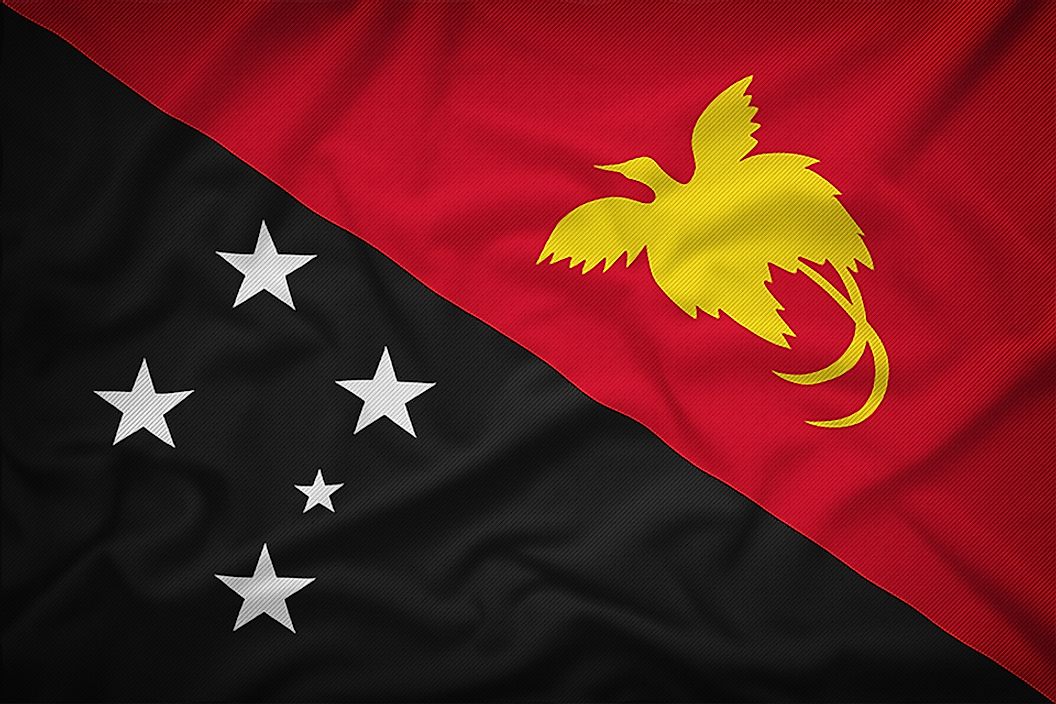What Type of Government Does Papua New Guinea Have?

Papua New Guinea is a country located in Oceania and is one of the independent Commonwealth realms headed by the Crown. The country gained independence in 1975 and promulgated its constitution which provided for the establishment of a parliamentary representative democratic republic.
The Constitution of Papua New Guinea
The Constitution of Papua New Guinea is the supreme law in the country and is an entrenched constitution in which all ordinary statutory enactments are subordinate to its provisions. All rights and freedoms of Papua New Guinea's citizens are protected by the constitution and are outlined in its articles. The constitution was drafted between 1973 and 1975 and established the country as a Commonwealth realm headed by The Crown, or by Queen Elizabeth in particular (the Queen is formally addressed as “The Queen of Papua New Guinea”).
Governor-General of Papua New Guinea
The Crown is the head of state in Papua New Guinea, but since the queen cannot serve in Papua New Guinea in that capacity, a governor-general is appointed as the crown’s representative in the country. The governor-general is nominated by Parliament through a simple majority vote among the members. The governor-general is elected to serve a maximum of two terms, with the second election requiring a two-third majority vote from parliament. In the event where the office of the governor-general is prematurely vacated, the speaker of parliament assumes the role of governor-general, albeit temporarily, until the monarch appoints a new governor-general. Parliament has the authority to dismiss a sitting governor-general through an absolute majority vote.
National Assembly of Papua New Guinea
The national assembly is the arm of government mandated in the formulation of legislation and is made up of a single-chambered unicameral parliament. Parliament is made up of 111 seats, where 89 seats are reserved for elected members from single-member constituencies, while the remaining 22 seats are reserved for members elected from the 20 provinces of the country along with the national capital district, as well as the autonomous province of North Solomons. All members are drawn from the various political parties in the country and are elected by universal adult suffrage to serve five-year terms. Upon the completion of the elections, the Crown, through the governor-general, invites the party with the highest number of members of parliament to form the government, with the leader of such party becoming the prime minister. The speaker of parliament is the head of the national assembly and is mandated to preside over parliamentary proceedings and upon the premature vacation of the governor-general’s office, the speaker is required to assume the title of governor-general until the appointment of a new candidate by the monarch.
Prime Minister of Papua New Guinea
The prime minister of Papua New Guinea is the head of government and is the head of the executive branch of government. The prime minister is appointed by the governor-general after the completion of the general elections. After appointment, the prime minister is required to appoint cabinet ministers from the members of parliament.
Judiciary of Papua New Guinea
In Papua New Guinea, the judiciary is the arm of government tasked with the protection and interpretation of the law, as well as solving disputes. The constitution provides for the independence of the judiciary from the executive as well as the legislature. The chief justice is the leader of the judiciary and is appointed by the governor-general after being nominated by the national executive council. The chief justice, together with the deputy chief justice and 21 other judges, preside over cases in the supreme court, which is the highest court in the country.











